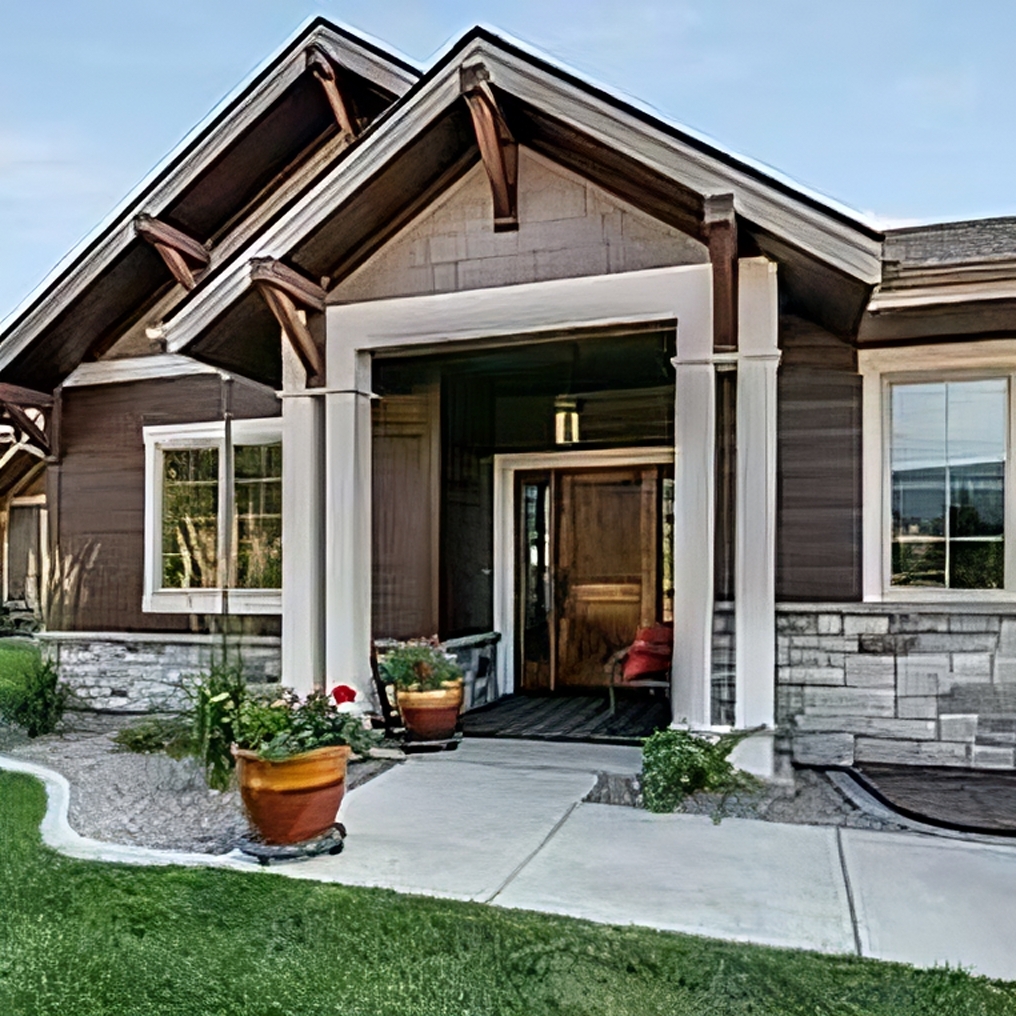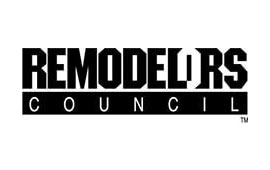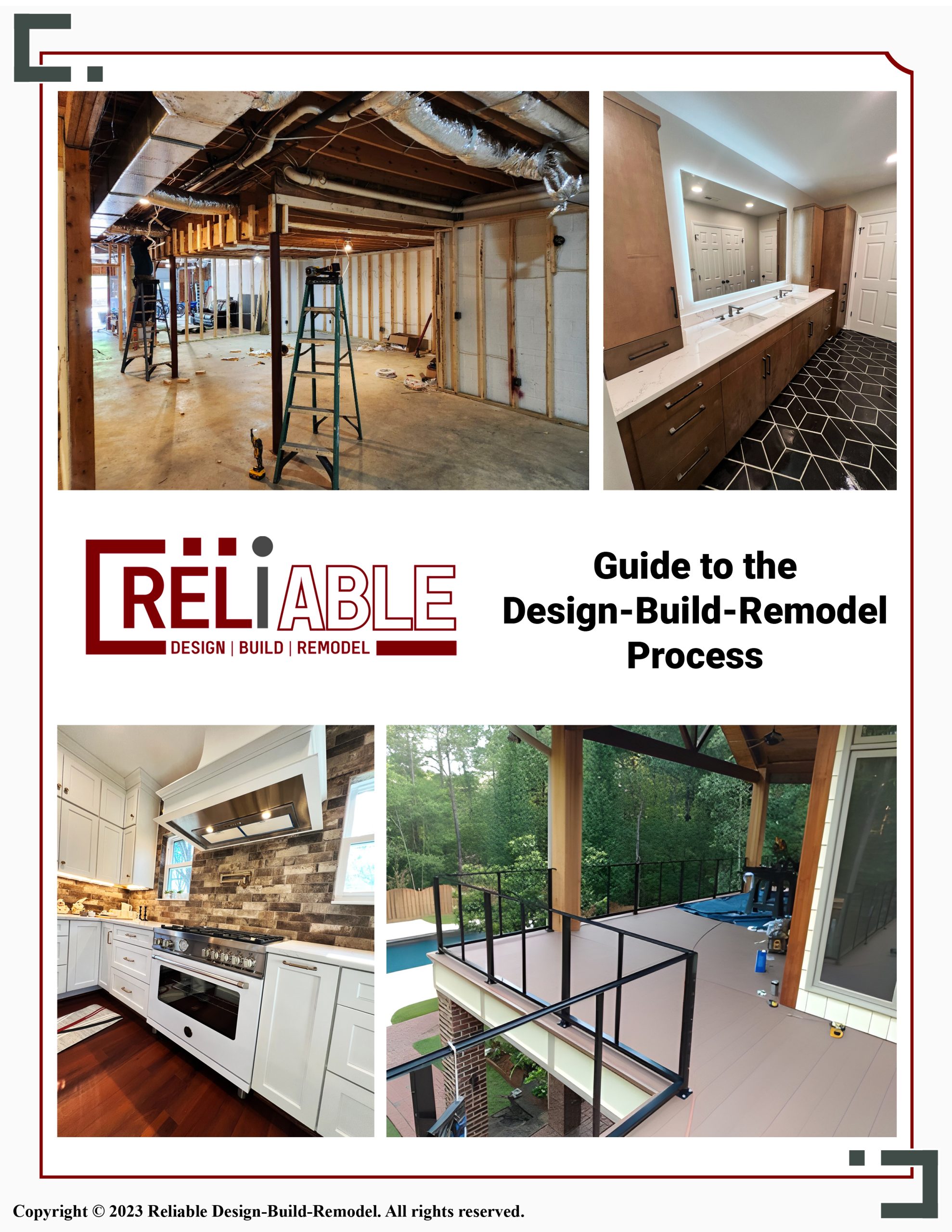As a general contractor and remodeling company in Birmingham, AL, Reliable Design-Build-Remodel understands the importance of using quality materials for any construction or renovation project. One issue that homeowners and contractors alike may encounter is lumber splitting and wood checks, which can occur in various forms. This little quirk of wood can affect the overall appearance of wood-based structures, as well as potentially affecting structural integrity. In this article, we’ll provide an in-depth look at what lumber splitting and wood checking are, why they happen, and when to worry about them.

What are Lumber Splitting and Wood Checking?
A “Wood Check” is the industry term for cracks in a piece of wood. Checks in wood occur lengthwise along the grain of a timber, and appear as a separation of wood fibers along the grain. Technically, a wood check is different from a “Wood Split“, which is a crack that goes from one side of a wood beam to another side. Wood checks and wood splits most often occur from supporting a heavy structure and exposure to the elements.

Why does Lumber Splitting and Wood Checking Happen?
Lumber splitting and wood checking can be caused by various factors, but a lot of it can be drilled down to the varied properties of different kinds of wood. For example, certain types of wood, such as oak and hickory, are more prone to splitting due to their dense and hard nature. The moisture content is also a significant factor, as wood that’s too dry or too wet can cause stress on the fibers and lead to splitting or checking. When a tree is alive, roughly half of its weight is water, so when wood is dried for use in construction, it can contract and expand due to changes in humidity.

Additionally, extreme changes in temperature, especially rapid changes, can cause the wood to expand or contract, resulting in splitting or checking. The Wood Science Consulting group has a more in-depth, scientific analysis of checks and splits, and you can read about on their site’s blog!
When to Worry About Lumber Splitting and Wood Checking
While lumber splitting and wood checking can look concerning, and may affect the overall appearance of wood-based structures, they usually do not represent a structural problem. In most cases, the structural integrity of the wood is not affected by these issues. However, there are some cases where lumber splitting or wood checking may indicate a more serious problem.
For example, if the splits or checks are deep and wide or occur along the length of the wood, it may be a sign of structural issues. If you’re unsure whether the lumber splitting or wood checking is a cause for concern, it’s best to consult with a professional.
How to Address Lumber Splitting
The best way to prevent lumber splitting is to use the right type of lumber at the start of the project. When it comes to repairing existing splits, there are several methods to consider, as well as considering whether the problem is a structural one or an appearance issue. Lumber checks and splits can be extremely unsightly, but repairing a minor wood check is not necessary from a structural perspective. Your timbers will function properly with any minor amount of wood checking and splitting. This is especially true for wooden constructs located outdoors, where it will stress itself more significantly due to outside temperature and weather swings. You’ll be less likely to find wood checks and splits inside of a building for that reason as well.

But if large splits in timber bother you from an aesthetic viewpoint, we’ve listed a few steps you can take to repair them. We recommend referring talking to your contractor or remodeler for the best advice regarding your situation; they’ll inform you whether a timber check or split could represent a potential problem. If you’d rather DIY the situation, here’s those steps we mentioned:
- Tape the edges of the crack with painter’s tape to stop excess caulk from spreading.
- Lay a dollop of textured wood caulk along the length of the wood check or split
- Flatten out the caulk using a knife or straight edge.
- Allow the caulk to air dry.
- Paint or stain the caulk. Be sure it matches the color of your lumber!
For full disclosure, Reliable Design-Build-Remodel does not recommend doing this; wood checks and splits are, except in the case of threateningly unstable large cracks, harmless. In the case that there are large cracks in your wood, these DIY steps wouldn’t be applicable or helpful anyway.

Lumber splitting and wood checking are common issues that can affect the appearance of wood-based structures. While they may be unsightly, they usually do not represent a structural problem. By understanding what causes lumber splitting and wood checking and when to worry about them, homeowners and contractors can ensure that their projects are built to last. If you’re in need of professional assistance with your remodeling or construction needs, don’t hesitate to reach out to Reliable Design-Build-Remodel! Homeowners Reli On Us to listen better, plan better, communicate better, and build better to avoid those common contractor mistakes.
Reliable Design-Build-Remodel is a full service general construction firm and remodeling contractor operating in the Birmingham metro and Jefferson and Shelby County areas and surrounding communities, including Birmingham, Helena, Chelsea, Mountain Brook, Hoover, Homewood, Montevallo, Alabaster, Vestavia Hills, and Pelham, with over 30 years of servicing our valued clients. Offering full service suite of general remodeling, design and build services. Our specialties include bathroom remodeling, kitchen remodeling, exterior renovations, interior renovations, painting, and more!
Visit us at reliablerem.com, and like and follow us on Facebook and Instagram!















